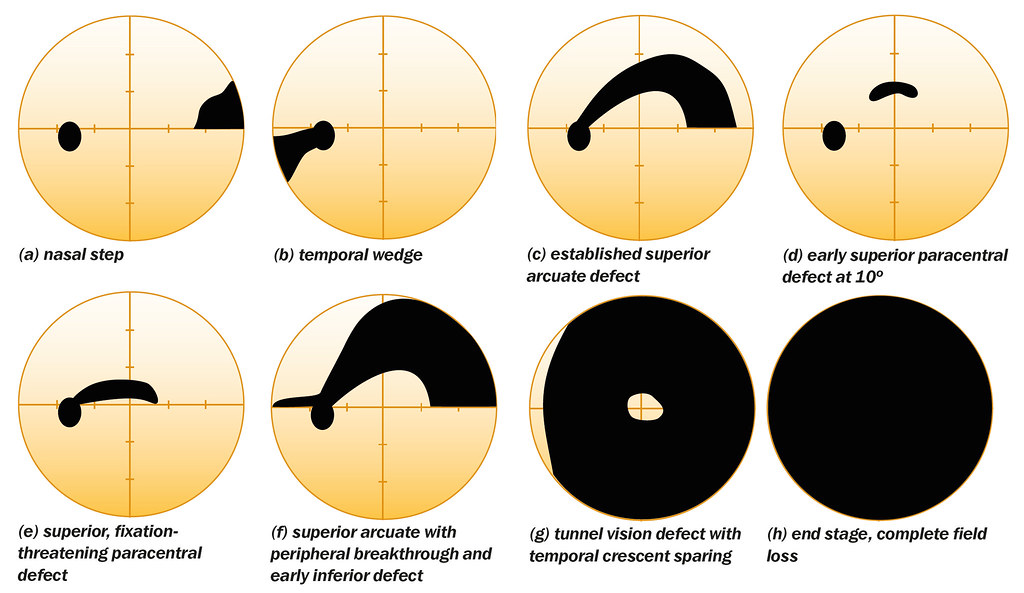Glaucoma refers to a group of conditions that involve increased pressure in the eye, potentially affecting vision over time. Though several forms exist, their different characteristics can help define the main types. Here’s how each one affects the eye differently, providing their characteristics to help provide clarity:
Open-Angle Glaucoma
Open-angle glaucoma is a primary form of the condition and progresses gradually. This type develops when the drainage structure of the eye remains open but is less effective at filtering fluid. Eye pressure may increase with little to no early symptoms. This characteristic makes regular eye examinations particularly useful in catching changes before vision loss progresses further.
Closed-Angle Glaucoma
Sometimes called angle-closure glaucoma, this type involves the complete or partial blockage of fluid drainage in the eye. The result is a sudden spike in pressure. Some people might experience symptoms like intense eye pain or blurred vision, which typically develop in an acute event. It is a rare variety, but understanding its rapid effects is valuable. Unlike other forms of this condition, symptoms might develop abruptly, and noticing them early could make a difference in management.
Normal Tension Glaucoma
Normal tension glaucoma may surprise many people because it occurs even when eye pressure falls within typical ranges. Despite normal pressure, the optic nerve may still sustain damage. Many factors, such as reduced blood flow, might contribute to this form of the condition.
Although the pressure is normal, vision-related impacts are similar to other types, demanding careful observation and attention to the optic nerve’s condition. Early detection is key to managing normal tension glaucoma effectively and minimizing vision loss. Regular comprehensive eye exams and detailed optic nerve assessments are essential steps to lead to timely intervention.
Congenital Glaucoma
This form primarily affects infants and young children. It might occur due to improper development of the eye’s drainage channels before birth. Symptoms in children could include unusually large eyes, cloudiness in the cornea, and excessive tearing. Early diagnosis in cases involving this condition helps families take necessary steps toward management with medical guidance. Prompt and effective treatment, which may include surgical intervention, can significantly improve outcomes and preserve vision in affected children.
Understanding Glaucoma
These symptoms may indicate a progressive eye condition that results in damage to the optic nerve, often caused by elevated intraocular pressure. Without proper treatment and management, it can lead to irreversible vision loss, making early detection vital. To summarize these types of this condition, here’s a quick breakdown to make the distinctions clearer:
- Open-angle glaucoma develops gradually with silent progression in most cases.
- Closed-angle glaucoma involves sudden symptoms due to blocked drainage channels.
- Normal tension glaucoma damages the optic nerve despite normal pressure levels.
- Congenital glaucoma arises in young children due to developmental concerns.
Find an Eye Clinic for Treating Glaucoma Symptoms
This condition affects individuals differently, based on the type and progression. Knowing more about the condition allows for informed decisions and sets a foundation for discussions with eye care professionals. Understanding what makes each type unique is an encouraging first step toward navigating this condition. Contact an eye specialist to learn more about diagnosing this condition.
- FREHF – The Revolutionary Future Of Human-Centered Technology!
- Adsy.Pw/Hb3 – Boost Your SEO And Drive More Traffic!
- Fitness Based Vacations By Timeshealthmage.com!
- TimesHealthMag Tips For Improving Sleep Quality – Expert Advice For Better Rest!
- How TimesHealthMage Helps Improve Your Lifestyle Habits!


Leave a Reply